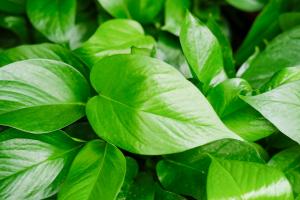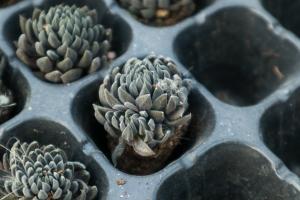Can Paper Be Used as a Filler in Potting Plants?
Paper is a common material that is used for various purposes. With the increasing awareness of environmental conservation, people are trying to find more sustainable ways to use paper. One of the ways that paper can be reused is as a filler in potting plants. But can paper be used as a filler in potting plants? Let's find out.
The Benefits of Using Paper as a Filler in Potting Plants
There are several benefits of using paper as a filler in potting plants. One of the most significant benefits is that it can help retain moisture in the soil. When paper is used as a filler, it absorbs water and slowly releases it into the soil, keeping it moist for a longer period. This provides a favorable environment for the plant to grow.
Another benefit of using paper as a filler is that it can help improve soil aeration. The paper acts as a sponge, absorbing air and keeping the soil aerated. This improves the root system of the plant, ensuring that it receives enough oxygen.
Using paper as a filler also helps reduce the weight of the pot. Traditional fillers like rocks and gravel can add unnecessary weight to the pot, making it difficult to move. By using paper, the pot becomes lighter, making it easier to move and handle.
Factors to Consider When Using Paper as a Filler in Potting Plants
While using paper as a filler in potting plants can be beneficial, there are several factors to consider before doing so. One of the factors to consider is the type of paper used. Newspaper and shredded paper are suitable for filling pots as they are biodegradable and do not contain chemicals that can harm the plant. Avoid using glossy paper or paper that has been chemically treated as this may be harmful to the plant.
The amount of paper used should also be considered. Using too much paper can make the soil too dense and prevent water from penetrating the soil. It is recommended to use one inch of paper at the bottom of the pot, which is enough to provide the benefits mentioned earlier.
The type of plant being potted should also be considered. Some plants require more water than others, and using paper as a filler may not be suitable for them. It is important to research the needs of the plant and consult with a professional if in doubt.
Conclusion
Using paper as a filler in potting plants provides several benefits such as moisture retention, improved soil aeration, and decreased pot weight. However, it is important to consider the type of paper used, the amount of paper used, and the type of plant being potted to ensure optimal growth. By using paper as a filler, we can help reduce waste and contribute to a more sustainable and environmentally friendly world.

 how many times do yo...
how many times do yo... how many planted tre...
how many planted tre... how many pine trees ...
how many pine trees ... how many pecan trees...
how many pecan trees... how many plants comp...
how many plants comp... how many plants can ...
how many plants can ... how many plants and ...
how many plants and ... how many pepper plan...
how many pepper plan...






























